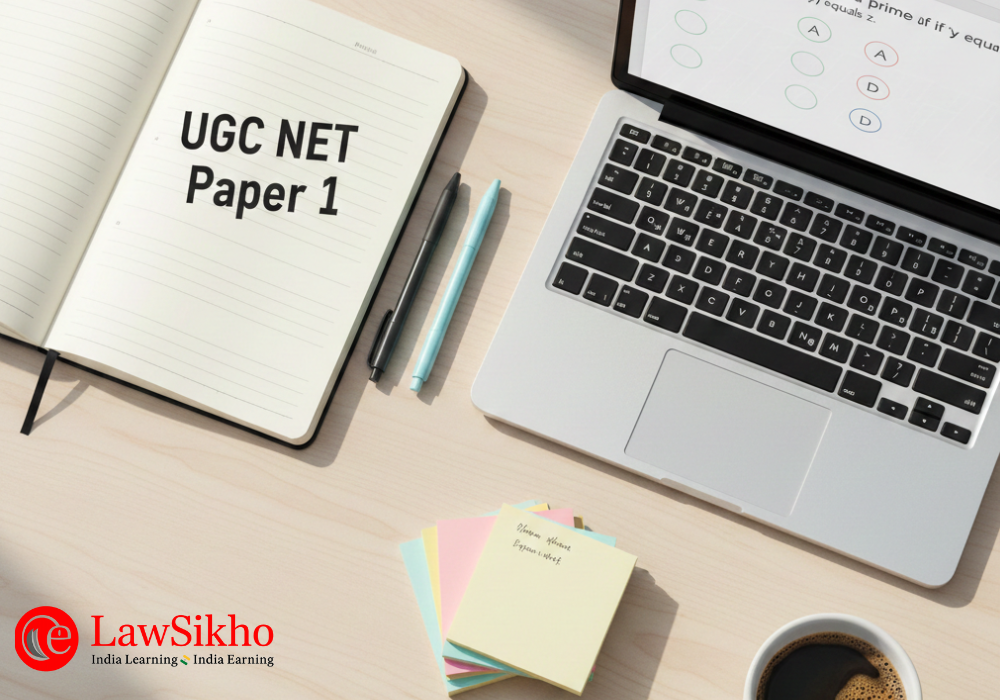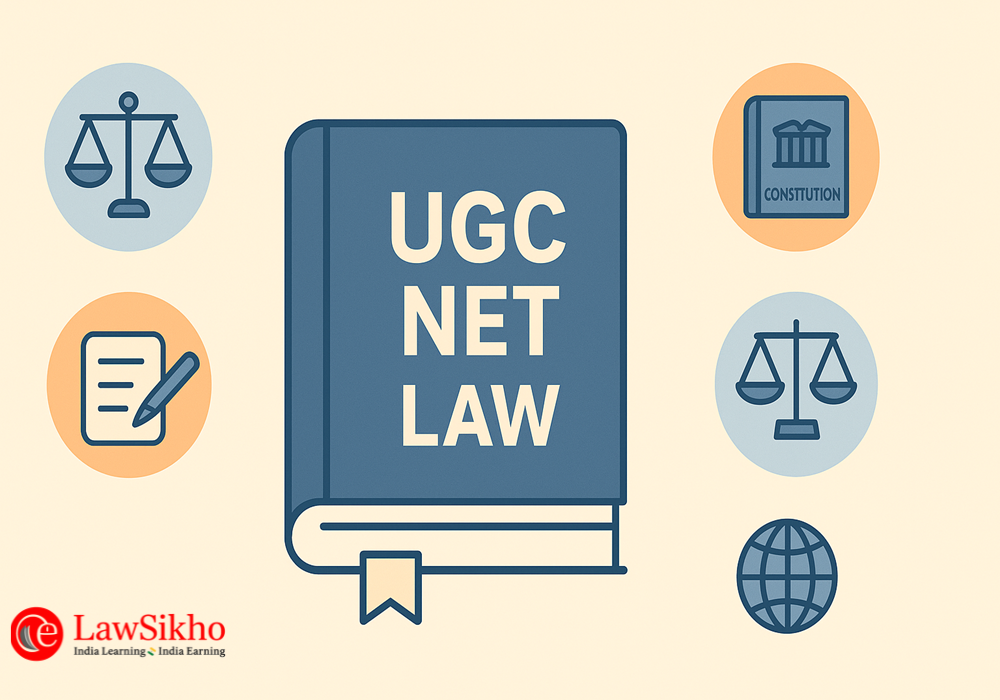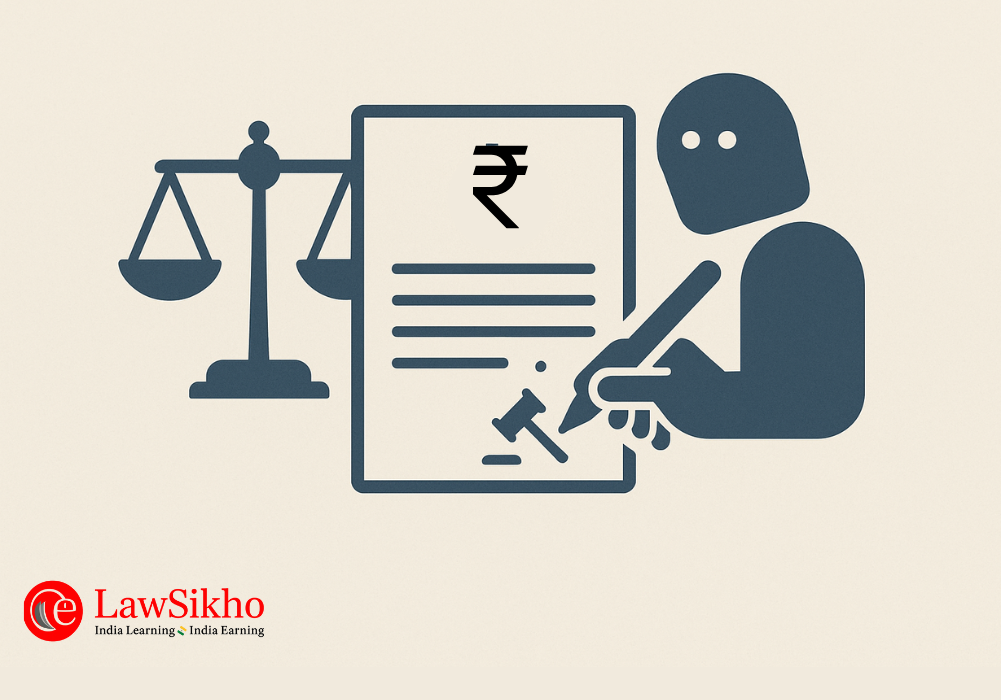Becoming a sports agent in Indian cricket is not simply about negotiating contracts or chasing IPL deals. It is a regulated profession that demands legal awareness, ethical conduct, and deep knowledge of the cricketing ecosystem. This article walks you through the process of becoming a BCCI-accredited cricket agent, from eligibility and application to interviews, legal duties, and real-world examples. Whether you are a lawyer, sports enthusiast, or talent manager, this guide provides a step-by-step roadmap to starting a career as a trusted player representative in Indian cricket.


















 Allow notifications
Allow notifications
